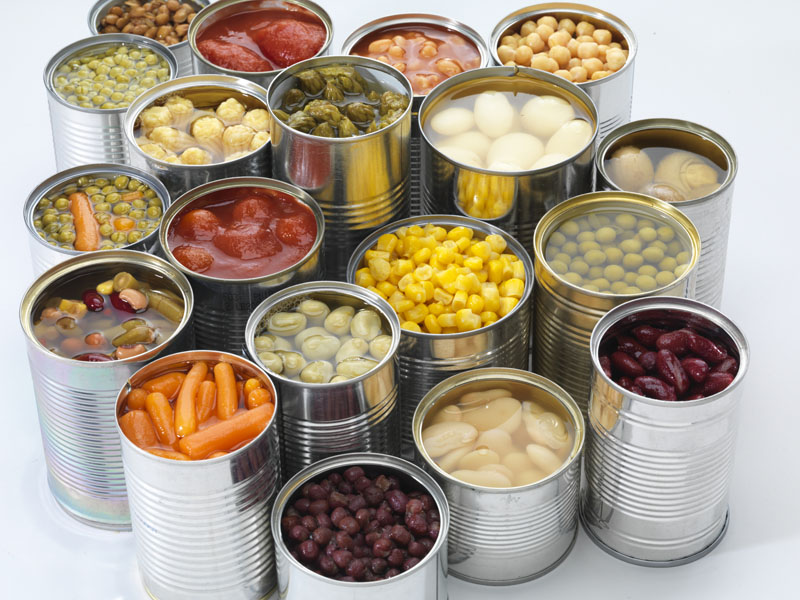Islamabad – South Africa has firmly established itself as the continent’s packaged food leader, with retail sales reaching $18.5 billion in 2024, according to data compiled by Stears from Euromonitor and Food Export. This performance places South Africa well ahead of its regional peers, underscoring its unique combination of robust supply chains, modern retail infrastructure, and rising consumer appetite for convenience.
Regional Comparisons Highlight South Africa’s Lead
While Nigeria, Africa’s most populous nation, recorded just $4.7 billion, and Kenya reached $5.1 billion, South Africa’s retail sector continues to outpace competitors by a wide margin. In North Africa, Morocco ($11.5 billion) and Egypt ($11.2 billion) are emerging as strong players, but still trail behind South Africa’s market scale and efficiency.
Globally, South Africa’s performance stands out as well. Its packaged food sales surpass Thailand’s $17 billion, while remaining just behind Saudi Arabia’s $25 billion, reflecting the Gulf’s strong consumer spending power.
What Drives South Africa’s Success?
At the core of South Africa’s dominance lies a vertically integrated supply chain and a highly concentrated supermarket sector. These strengths enable food companies to:
- Scale operations with efficiency
- Capture private-label contracts that ensure stable cash flows
- Leverage value-added offerings to meet evolving consumer preferences
This combination delivers both economies of scale and market resilience, allowing South Africa to serve not only its domestic consumers but also regional markets. Its role as a processing and export hub for SADC countries further extends its reach and bolsters its influence.
Africa’s Packaged Food Market: Challenges and Opportunities
Despite the continent’s long-term potential, Africa’s packaged food sector faces significant hurdles. Many countries grapple with:
- Fragmented supply chains and weak logistics
- Limited cold storage facilities
- Inflation and currency volatility that erode household purchasing power
These factors have slowed the transition from informal trade to modern retail and branded packaged products.
However, the continent remains an attractive growth frontier. With the global packaged food market projected to grow from $6.39 trillion in 2025 to $7.94 trillion by 2030 at a 4.44% CAGR, Africa’s underpenetrated markets offer room for expansion. As modern trade expands and local processing accelerates, investor opportunities will multiply.
Outlook: South Africa as a Model Market
Within this landscape, South Africa stands out as the benchmark for success in Africa’s packaged food sector. Its strong retail ecosystem, advanced supply chains, and consumer readiness position it as both a domestic leader and a regional gateway.
For investors, food manufacturers, and multinationals, South Africa offers a strategic entry point into Africa’s evolving consumer markets. The country’s ability to balance scale with value-added strategies provides a model of growth for peers across the continent.
In short, South Africa is not just leading Africa’s packaged food market—it is shaping its future.
BY: The Times Union







